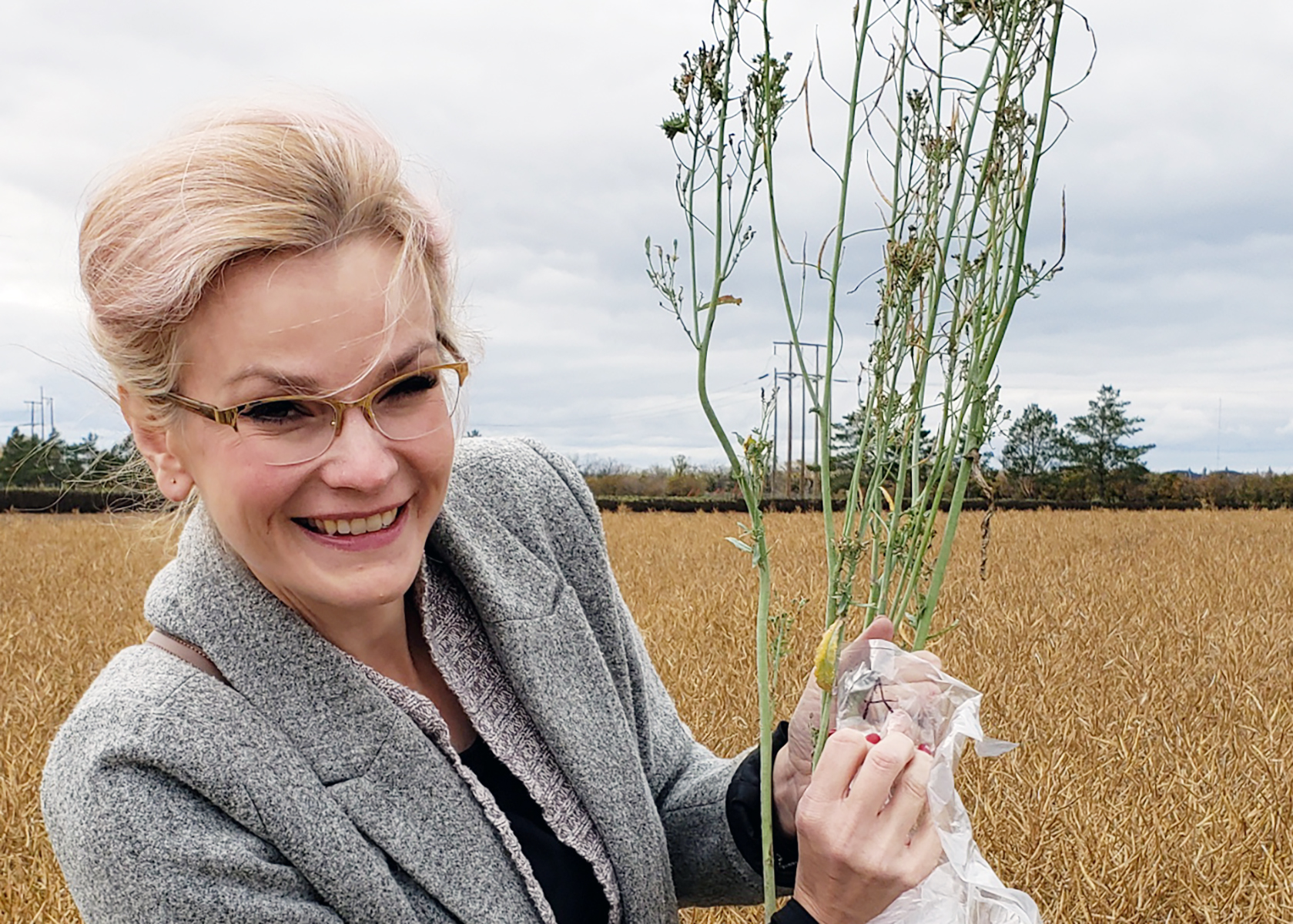
New USask disease detection tool may save millions for canola industry
University of Saskatchewan (USask) researchers have developed a new testing tool for faster, cheaper and easier detection of aster yellows, a leafhopper-borne disease that can devastate canola yields and farmers’ income.
By Federica GiannelliUniversity of Saskatchewan (USask) researchers have developed a new testing tool for faster, cheaper and easier detection of aster yellows, a leafhopper-borne disease that can devastate canola yields and farmers’ income.
“Our tool will help save precious time and resources for scientists, agronomists, and producers,” said USask biology PhD student Karolina Pusz-Bocheńska. “Farmers will be able to mitigate the potential damage to their crop yields. Our tool will help them understand whether they should spray pesticides right away to kill infected leafhopper insects.”
The canola season in Canada is short, and the disease spreads very fast, so understanding whether crops and insects are infected saves time and money. In 2012, the canola industry saw 80 per cent of fields infected and at least a $270-million loss.
The new testing can be done in the field in just one hour with accurate results. Regular lab tests can take from several days to two weeks, and are more expensive.
Aster yellows, caused by a bacteria-like organism, is carried by a variety of insects. It reaches Canada mainly through leafhoppers moving from the southern United States in the spring. When leafhoppers feed on infected crops they are unharmed, but they carry the organism in their bodies, ready to spread it to healthy plants, including vegetable crops such lettuce and carrots, when they feed again.
To detect whether leafhoppers are infected, the USask researchers extract and analyze DNA from the insects.
“It’s actually very simple. Farmers could even do the testing in the back of their trucks,” said Pusz-Bocheńska. “All you have to do is to crush a leafhopper on a special piece of paper and expose it to a certain temperature.”
After 20 minutes, the researchers use a fabric puncher on the crushed insect to obtain a sample that can then be analyzed with a LAMP assay—a DNA-amplifying method that also can be adapted to the field. The analysis accurately reveals whether the insect is positive for aster yellows. The test also can also indicate whether plant tissues are infected.
“This article first ran as part of the 2020 Young Innovators series, an initiative of the USask Research Profile and Impact office in partnership with the Saskatoon StarPhoenix.”
